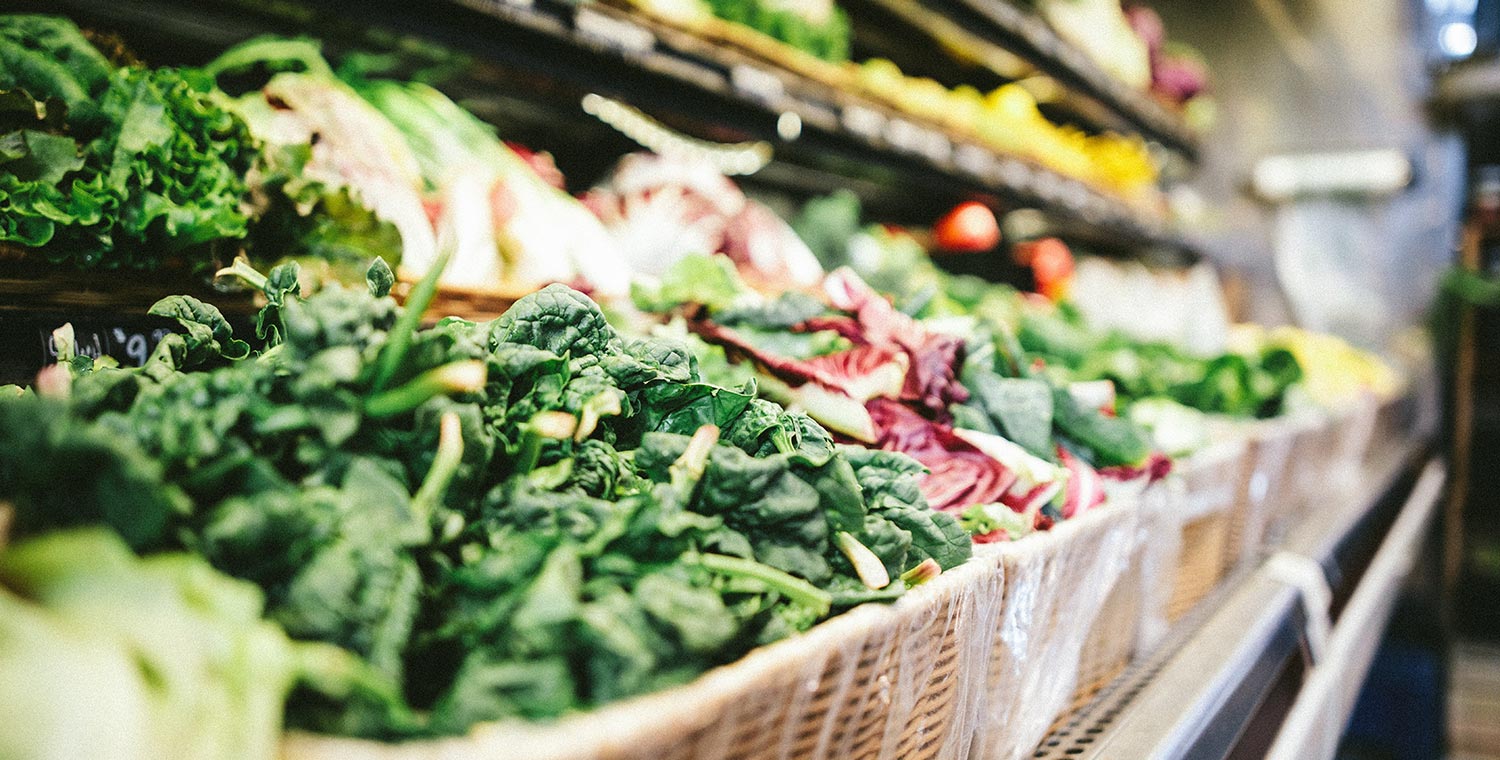By Michael Raynor, MS, RD, LDN
If you follow food news or just look at new products in the grocery store, you’ve probably heard of various “superfoods” and the wide array of associated claims made about them. So, what’s the deal with these foods? Are they really “superior”? If so, what makes them super?
Superfoods get their name because they’re foods that are nutrient dense and, as a result, deemed to be “healthier”. Some examples of these sensationalized foods that you might have heard about include blueberries, açaí, chia seeds, flax, coconut oil, hemp, cacao nibs, avocado, kale, pomegranate, and salmon. Let’s look at the nutrients that these foods are rich in. Blueberries, açai, and pomegranate are high in antioxidants, and chia is high in fiber, antioxidants, omega-3’s, protein, and calcium. Flax is high in protein, fiber, omega-3’s, and rich in lignans (an antioxidant) which may reduce cancer risk. Coconut oil is a wonderful source of Medium-Chain Triglycerides (or MCTs), which the body metabolizes a little differently from other fats and it fuels the body and brain. Hemp is rich in healthy fats, and is high in protein, vitamin E, and several minerals. Cacao Nibs are an excellent source of protein, fiber, and healthy fats, and they’re rich in minerals too. Avocados are rich in healthy fats and fiber. Kale is high in Vitamins A, K, and C, and rich in antioxidants. Finally, salmon is rich in omega-3s, protein, and vitamin B12. Obviously, this is quite the list of benefits and quite different foods spanning plant and animal sources.
These foods are nutritious options and are great to incorporate into a balanced diet, but the whole concept of “superfoods” and, often their touted benefits, highlights the importance of a key part of a healthy diet, which is variety. If you look at food and nutrition related news, the headlines often seem to tout a single food or just a few foods that you need to eat to achieve some health benefit. I feel that this is a flawed approach to nutrition. Slimming down the list of foods or trying to have less variety in the pursuit of health is not the answer. When we cut out foods, we’re cutting out nutrients and other compounds that are beneficial to us. All foods contain different mixtures of the macronutrients (carbohydrates, protein, and fat), micronutrients (vitamins and minerals), and other compounds. It’s important to eat a variety of foods to ensure we’re getting all the nutrients that we need to support our health. There’s no one food that provides everything we need, so we need to eat a variety of different foods to make sure we’re getting all those different compounds.
So, while these superfoods are great to include in your diet, they shouldn’t be added, hoping to remove other things. Instead, I encourage you to give some of these foods a try as a way of including some variety into your normal routine and to mix things up.
Not sure how to incorporate superfoods or if you have enough variety in your diet? Sign up for a free Get-to-Know-You call with Michael here.




